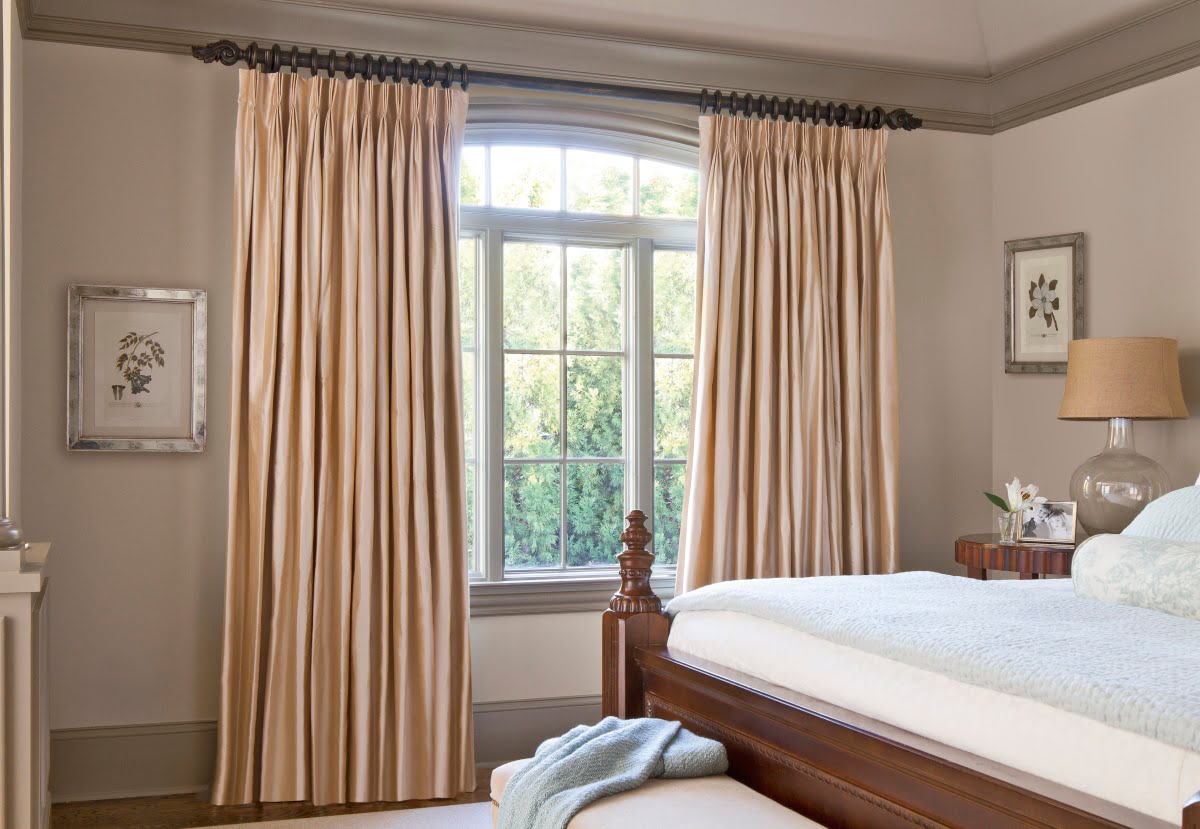

Articles
How To Measure Fabric For Drapes
Modified: January 5, 2024
Learn how to measure fabric for drapes with our informative articles. Get expert tips and guidance for accurate measurements to ensure the perfect fit for your window treatments.
(Many of the links in this article redirect to a specific reviewed product. Your purchase of these products through affiliate links helps to generate commission for Storables.com, at no extra cost. Learn more)
Overview
When it comes to drapes, finding the right fabric and ensuring accurate measurements are crucial for a perfect fit. Whether you’re hanging drapes in your living room or bedroom, understanding how to measure fabric for drapes is essential. This article will provide you with a comprehensive guide to measuring fabric for drapes, ensuring that you achieve a stunning and professional result.
The process involves several steps, including choosing the right fabric, preparing the area, taking accurate measurements, considering additional fabric, and calculating fabric yardage. By following these steps, you’ll be able to determine the ideal amount of fabric needed for your drapes and avoid any potential issues during installation.
Before diving into the measurement process, it’s crucial to select the appropriate fabric for your drapes. Consider the color, pattern, texture, and weight of the fabric. The fabric should complement your existing decor and enhance the overall aesthetic appeal of the room. In addition, choose a fabric that suits the desired level of sunlight filtration and privacy.
To ensure accurate measurements, start by preparing the area where the drapes will be hung. Remove any existing window treatments, such as blinds or curtains, and clear the space to provide easy access for measuring. It’s also important to have all the necessary tools on hand, including a measuring tape or ruler, pen, and paper.
When measuring the fabric for your drapes, it’s essential to take precise measurements of both the width and length. To measure the width, start by determining the total width of the area you want the drapes to cover. This usually involves measuring the length of the curtain rod or track and adding any additional coverage you desire, such as fullness or space for tiebacks.
Next, measure the length of the drapes by deciding how far you want them to hang from the top of the window. This commonly varies from floor-length drapes to those that just touch the sill. Measure the distance from the top of the curtain rod or track to the desired length.
It’s important to consider additional fabric requirements, such as hems, headers, and seams. These may vary depending on your drapery style and personal preferences. Allow extra fabric for these elements to ensure a clean and professional finish.
Once you’ve obtained accurate measurements for the width, length, and additional fabric requirements, it’s time to calculate the fabric yardage needed. This can be done by multiplying the width and length measurements and adding the extra fabric needed for hems, headers, and seams. Be sure to account for pattern repeats if you’ve chosen a patterned fabric.
In summary, measuring fabric for drapes is a critical step in achieving a beautifully tailored and functional window treatment. By choosing the right fabric, preparing the area, and taking accurate measurements, you’ll be well on your way to creating stunning drapes that elevate the style of your space. Remember to account for additional fabric needs and calculate the fabric yardage accurately for a seamless installation process.
Key Takeaways:
- Choosing the right fabric is essential for stunning drapes. Consider color, texture, and sunlight filtration to enhance your space and meet functional needs.
- Accurate measurements and fabric yardage calculations are crucial. Prepare the area, measure width and length, and account for additional fabric requirements for professional-looking drapes.
Read more: What Fabric Drapes Well
Choosing the Right Fabric
When it comes to drapes, the choice of fabric plays a vital role in the overall appearance and functionality of the window treatment. The fabric you select should not only complement your existing décor but also fulfill specific requirements such as light filtration and privacy.
Here are some factors to consider when choosing the right fabric for your drapes:
- Color and Pattern: Take into account the color scheme of the room and choose a fabric color that harmonizes with the overall design. Additionally, consider patterns that can add visual interest or subtly enhance the theme of the space.
- Texture: The texture of the fabric can greatly impact the overall look and feel of the drapes. Consider whether you want a smooth and sleek fabric or a more textured one to add depth and dimension to the window treatment.
- Weight: The weight of the fabric determines its draping properties. Lighter fabrics such as sheer or lightweight cotton are ideal for allowing more natural light into the room, while heavier fabrics like velvet or lined silk can create a more formal and luxurious ambiance with increased privacy.
- Sunlight Filtration: Determine the desired level of sunlight filtration in the room. Sheer fabrics allow more light to pass through while still providing some privacy. On the other hand, opaque or blackout fabrics can completely block out sunlight, making them suitable for bedrooms or home theaters.
- Privacy: Consider the level of privacy you want in the room. If you need more privacy, choose a fabric with a higher opacity or opt for a lining material that can provide additional privacy without compromising on the fabric’s appearance.
It’s also essential to consider the maintenance requirements of the fabric. Some fabrics may require special care like dry cleaning, while others can be easily machine-washed. Make sure the fabric you choose aligns with your lifestyle and the level of maintenance you’re comfortable with.
Lastly, don’t be afraid to experiment with different fabric swatches. Take advantage of fabric stores or order samples online to see how the fabric looks in the room’s lighting conditions. Getting a physical feel for the fabric and visualizing it in your space can greatly assist in making the right fabric choice for your drapes.
By considering all these factors, you can confidently choose the right fabric that not only enhances the aesthetic appeal of the room but also meets your specific functional requirements for your drapes.
Preparing the Area
Before you start measuring fabric for your drapes, it’s essential to properly prepare the area where the drapes will be hung. This will ensure accurate measurements and make the process smoother and more efficient. Follow these steps to prepare the area:
- Remove Existing Window Treatments: Take down any existing blinds, curtains, or other window treatments that may be in place. Clearing the space will provide you with a clean canvas for measurements and prevent any interference during the process.
- Clean the Windows: Ensure that the windows are clean and free from dust or debris. This will help you get accurate measurements without any obstructions and give you a clear view of the space for better decision-making.
- Clear the Surrounding Area: Remove any furniture, decorative items, or obstacles that might be in the way of taking measurements. By clearing the surrounding area, you will have sufficient space to move around and capture precise measurements without any hindrances.
- Gather the Necessary Tools: Make sure you have all the tools you’ll need for measuring, such as a measuring tape or ruler, pen, and paper. Having these tools readily available will save you time and allow for a more streamlined measuring process.
- Ensure Adequate Lighting: Ensure that the area is well-lit. Proper lighting will not only make it easier to measure accurately but will also help you get a better understanding of how the drapes will look in the space. Natural daylight is ideal, but if that’s not possible, consider using artificial lighting that mimics natural light as closely as possible.
Taking the time to prepare the area before measuring will contribute to the overall success of your drapery project. It will help you avoid any potential issues and ensure that you have a hassle-free measuring experience.
Remember to take measurements during daylight hours to have a better perspective on how natural light affects the room and the drapes. Additionally, try to minimize any distractions or interruptions during the measuring process to ensure accurate and consistent measurements throughout.
By properly preparing the area, you’ll set yourself up for success and be ready to take accurate measurements for your drapes.
Taking Accurate Measurements
When it comes to measuring fabric for your drapes, accuracy is key. Taking precise measurements ensures that your drapes will fit perfectly and look professionally tailored. Follow these steps to take accurate measurements for your drapes:
- Measure the Width: Start by determining the total width that you want your drapes to cover. Measure the length of the curtain rod or track and add any additional coverage you desire, such as fullness or space for tiebacks. It’s recommended to measure the rod or track from end to end, excluding any decorative finials.
- Measure the Length: Next, decide how far you want your drapes to hang from the top of the window. This can range from floor-length drapes to those that just touch the sill. Measure the distance from the top of the curtain rod or track to the desired length. Keep in mind that if you’re planning to have your drapes puddle on the floor or have a specific style like a break or a sweep, adjust the measurement accordingly.
- Consider Additional Fabric: Take into account any additional fabric requirements such as hems, headers, and seams. These elements may vary depending on your drapery style and personal preference. Allow extra fabric for these elements to ensure a clean and professional finish.
- Double Check Measurements: After measuring the width and length, it’s important to double-check your measurements for accuracy. Measure the width and length again to ensure consistency and eliminate any potential errors. This double-checking step will give you peace of mind that your measurements are precise and reliable.
- Account for Any Obstacles: Take note of any obstacles in the window area, such as window hardware, molding, or wall protrusions. Consider these during the measuring process to ensure that the drapes will fit properly and hang without any interference.
When measuring, use a sturdy measuring tape or ruler to achieve the most accurate results. Measure in inches or centimeters, depending on your preference, and record the measurements on a piece of paper or in a digital note-taking app.
It’s also important to measure multiple times along the width and length of the window to account for any variations in the window size. This will help you avoid potential issues with an uneven or ill-fitting drape.
By taking accurate measurements, you’ll ensure that the fabric for your drapes is cut to the perfect size, resulting in a polished and well-fitted window treatment.
Measuring the Width
Measuring the width of your drapes is a crucial step in ensuring that they will perfectly cover your windows and create a visually pleasing appearance. Follow these steps to accurately measure the width:
- Measure the Curtain Rod or Track: Start by measuring the length of your curtain rod or track from end to end. This measurement will give you a baseline for determining how wide your drapes should be to cover the window adequately.
- Add Additional Coverage: Next, consider any additional coverage you desire. This can include allowances for fullness, which creates a gathered or pleated look, or space for tiebacks if you want to pull the drapes aside. Measure the distance you would like to add on each side of the curtain rod or track.
- Account for Overlapping: If you have multiple drapery panels that meet in the middle when closed, account for the overlap between the panels. Measure the amount of overlap you want to ensure that the panels will cover the entire width of the window when closed.
- Consider Stack Back Space: Stack back space refers to the space required for the drapes to stack when fully open. This is important if you plan to open your drapes frequently and want to maximize the view outside. Measure the distance you would like the drapes to stack back on each side of the window when fully open.
- Make Precise Measurements: Use a measuring tape or ruler to make precise measurements. Be sure to measure to the nearest inch or centimeter for accuracy.
- Double-Check Measurements: After taking your initial measurement, double-check your measurements to ensure accuracy. Measure the width again to confirm that the numbers are consistent and reliable.
It’s also essential to consider the type of drapery hardware you’ll be using. If you have decorative finials or brackets that extend beyond the curtain rod or track, exclude them from the width measurement to ensure that the drapes will hang properly without obstruction.
By accurately measuring the width of your drapes and accounting for additional coverage, overlap, and stack back space, you’ll ensure that the width of the fabric is perfectly tailored to your window, creating a polished and cohesive look.
When measuring fabric for drapes, always add extra length for hemming and fullness. Measure the width of the window and multiply by 1.5-3 for fullness.
Read more: How To Drape A Ceiling With Fabric
Measuring the Length
Measuring the length of your drapes is crucial for achieving the desired look and fit for your windows. Properly measuring the length will ensure that your drapes are neither too short nor too long, creating a balanced and polished appearance. Follow these steps to accurately measure the length:
- Determine the Hanging Style: Decide on the hanging style you prefer for your drapes. Do you want them to touch the floor, hover just above the floor, or have a customized length? Having a clear vision of the desired length will guide your measurements.
- Measure from the Curtain Rod or Track: Begin by measuring from the top of the curtain rod or track to the desired length. This measurement will determine how far the drape will hang from the top of the window.
- Account for Finials and Rings: If you have decorative finials or rings on your curtain rod, make sure to include their length in your measurement. This will ensure that the drape is measured accurately from the top of the rod to the desired length.
- Consider the Desired Look: Take into account the style and aesthetic you want to achieve. If you prefer a puddled look, where the drapes pool on the floor, add extra length to your measurement. On the other hand, if you want your drapes to just touch the sill or hover above the floor, measure accordingly.
- Adjust for Obstacles: If there are any obstacles below the window, such as radiators or furniture, be sure to measure your drape’s length to avoid any interference or blockage.
- Double-Check Your Measurements: After taking your initial measurement, double-check your measurements to ensure accuracy. Measure the length again to confirm that the numbers are consistent and reliable. This step is crucial to prevent any miscalculation and ensure that your drapes will hang at the desired length.
Remember to account for variations in floor level, especially in older homes where floors may not be completely level. It’s essential to measure each side of the window individually, as the length may vary slightly from one side to another.
By accurately measuring the length of your drapes and considering the desired hanging style, you’ll be able to achieve a cohesive and polished appearance that complements your windows and enhances your overall décor.
Considering Additional Fabric
When measuring fabric for your drapes, it’s essential to consider the additional fabric required for various elements such as hems, headers, and seams. Taking these factors into account ensures a clean and professional finish and allows for any adjustments or customization needed. Here’s what you need to consider when it comes to additional fabric:
- Hems: Hems are the folded edges of fabric that create a finished look and prevent fraying. The width of the hems can vary depending on personal preference and drapery style. Consider the desired hem measurement and add the required fabric to all sides of the drapery panels.
- Headers: Headers refer to the top portion of the drapery panels where they attach to the curtain rod or track. This area usually requires extra fabric for proper attachment and fullness. The size of the header can vary depending on the desired style, such as a gathered or pleated look. Account for the necessary fabric in the width of the panels.
- Seams: Seams are the stitched lines that join different sections of fabric together. If your drapery panels are wider than the width of the fabric, you may need to create seams to accommodate the width. Factor in the seam allowance and add the necessary fabric to the width measurements to ensure sufficient coverage.
- Lining: If you plan to line your drapes for added light control or privacy, account for the additional fabric needed for the lining. Lining fabric is typically slightly narrower and shorter than the main fabric but should be considered in the overall fabric calculations.
- Pattern Repeats: If your chosen fabric has a pattern that repeats, factor in the pattern repeat when calculating the fabric yardage. You may need additional fabric to ensure proper alignment and a seamless appearance across the drapery panels.
- Additions and Embellishments: If you plan to add any decorative elements to your drapes, such as trims, tassels, or tiebacks, consider the amount of fabric required for these additions. Make sure to account for the fabric needed to attach or incorporate these embellishments into your drapes.
Taking into consideration these additional fabric requirements ensures that you have enough fabric to achieve the desired look and functionality for your drapes. Remember to account for these factors when measuring fabric and calculating the necessary yardage to ensure a professional and polished end result.
Calculating Fabric Yardage
Calculating fabric yardage is a crucial step in determining the amount of fabric you will need for your drapes. By accurately calculating the yardage, you can ensure that you purchase the right amount of fabric and avoid any shortages or excess. Here’s how to calculate fabric yardage:
- Measure the Width: Start by measuring the width of your drapes using the precise measurements you obtained earlier. Make sure to factor in any additional fabric requirements such as hems, headers, and seams.
- Measure the Length: Next, measure the length of your drapes, including any desired additional length for a puddled look or customized finishing details.
- Consider Pattern Repeats: If your chosen fabric has a pattern that repeats, account for the pattern repeat when calculating yardage. This ensures that you have enough fabric to match the pattern across the drapery panels.
- Calculate Total Width: Multiply the width measurement by the number of drapery panels you will be using. For example, if you have two panels, multiply the width by two to get the total width of fabric needed.
- Calculate Total Length: Multiply the length measurement by the number of panels and any additional length required for customization or puddling.
- Account for Fabric Width: Consider the width of the fabric you plan to use. Most fabrics come in standard widths, such as 54 or 60 inches. Divide the total width by the width of the fabric to determine the number of fabric widths needed.
- Account for Hem Allowances: If your drapes require hems, add the total hem allowance to the total length measurement. This ensures that you have enough fabric to create the hems without compromising the desired length.
- Account for Wastage: It’s recommended to add a small amount of extra fabric, usually about 10%, to account for any unexpected mishaps, pattern matching, or future repairs. This additional fabric is known as wastage.
- Calculate Total Yardage: Add the adjusted total width and total length measurements, including allowances and wastage. Divide the result by 36 (the number of inches in a yard) to calculate the total fabric yardage needed.
Once you have determined the fabric yardage required, you can purchase the appropriate amount of fabric. It’s recommended to round up to the nearest half yard or yard to ensure you have enough fabric for your drapes.
By accurately calculating the fabric yardage, accounting for pattern repeats, fabric width, allowances, and wastage, you can ensure that you have the correct amount of fabric to create beautifully tailored drapes.
Summary
Measuring fabric for drapes is a vital step in creating a stunning and well-fitted window treatment. By following the right techniques and considering various factors, you can ensure accurate measurements and calculate the proper fabric yardage. Here’s a quick summary of the key points to remember when measuring fabric for drapes:
Choosing the right fabric is crucial. Consider the color, pattern, texture, weight, sunlight filtration, and privacy requirements of the fabric.
Preparing the area before measuring is essential. Remove existing window treatments, clean the windows, clear the surrounding area, and gather the necessary tools.
When taking measurements, measure the width by determining the total width of the area and adding any additional coverage, such as fullness or space for tiebacks. Next, measure the length from the top of the curtain rod or track to the desired length, considering the style and any desired puddling or tailoring.
Account for additional fabric requirements such as hems, headers, seams, pattern repeats, lining, and any additions or embellishments you plan to include in your drapes.
Calculate the fabric yardage by multiplying the width and length measurements, accounting for pattern repeats, the width of the fabric, hem allowances, and wastage. Round up to the nearest half yard or yard to ensure you have enough fabric.
By carefully following these steps, you can ensure that your drapes will fit perfectly and enhance the aesthetic appeal of your windows and the room as a whole.
Remember, accurate measurements and proper fabric calculations are essential for a professional-looking result. Take your time, double-check your measurements, and make adjustments as necessary. With attention to detail and careful planning, you’ll be well on your way to creating drapes that transform your space and showcase your personal style.
Frequently Asked Questions about How To Measure Fabric For Drapes
Was this page helpful?
At Storables.com, we guarantee accurate and reliable information. Our content, validated by Expert Board Contributors, is crafted following stringent Editorial Policies. We're committed to providing you with well-researched, expert-backed insights for all your informational needs.
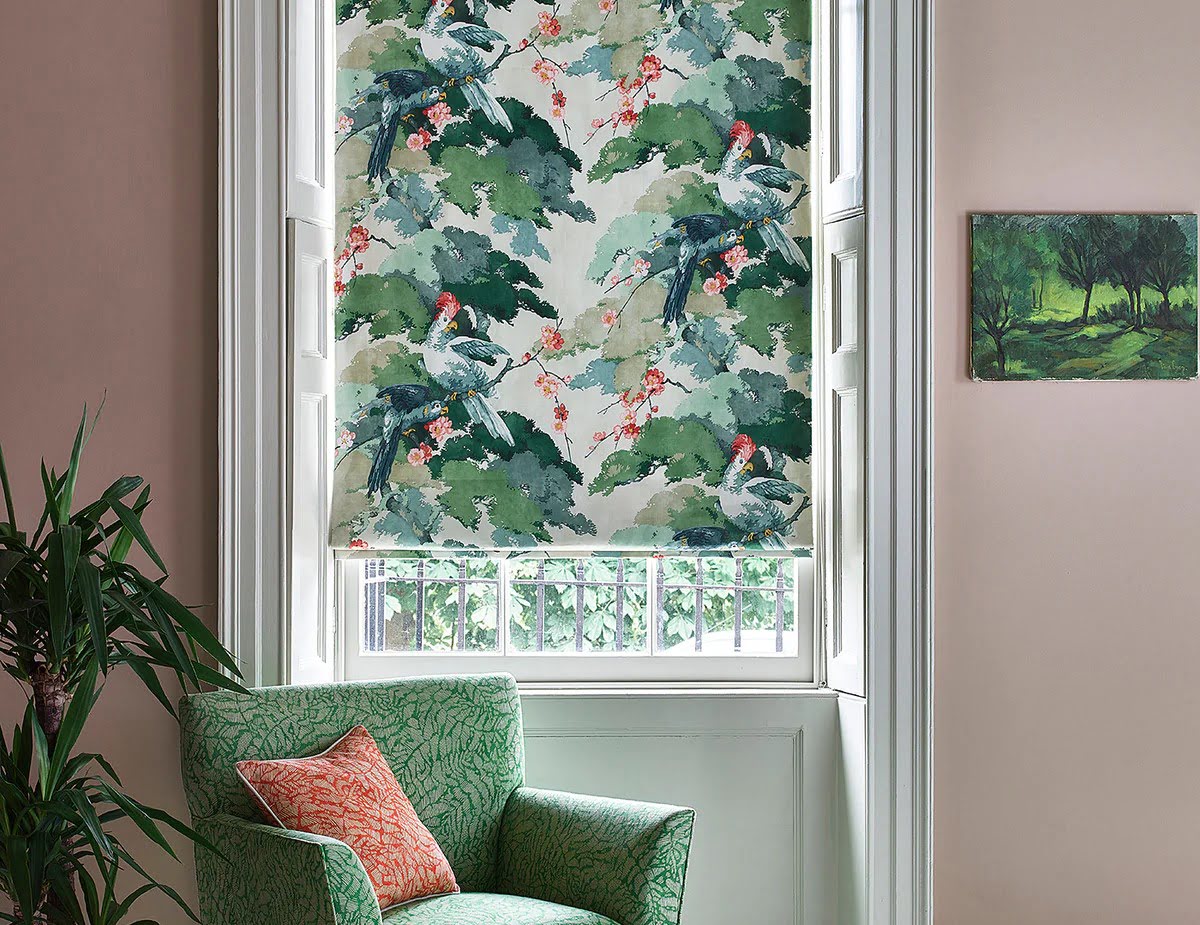
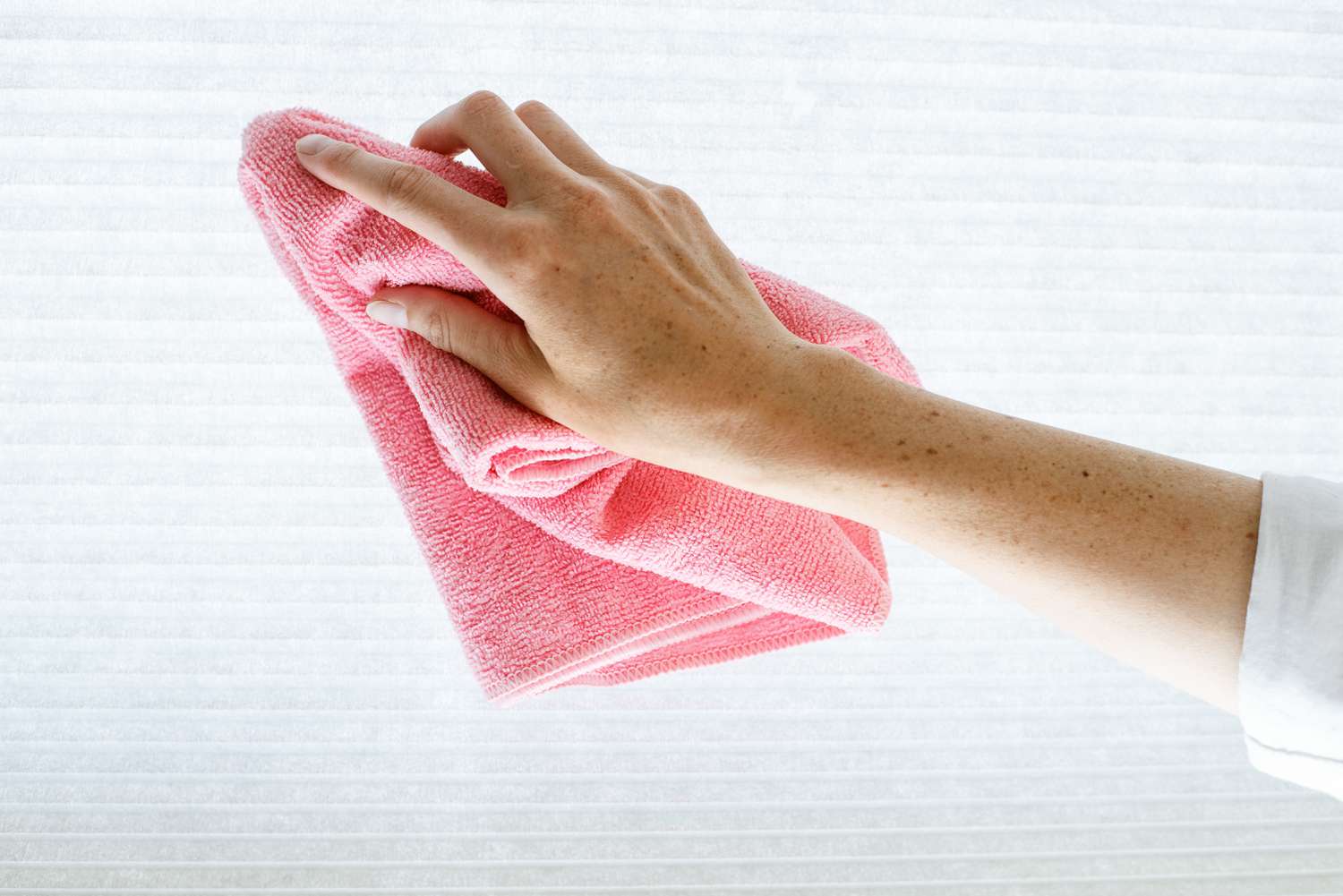
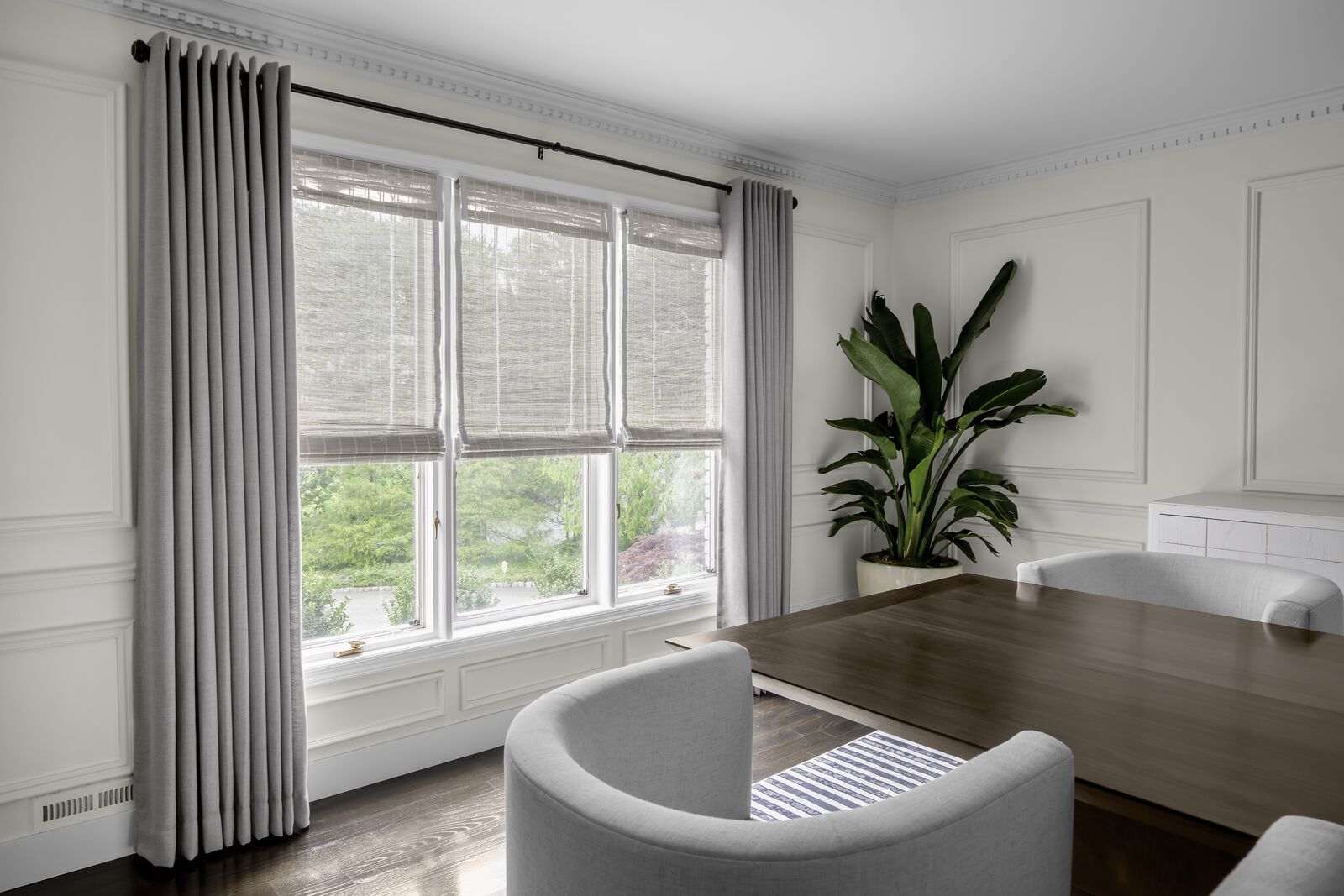
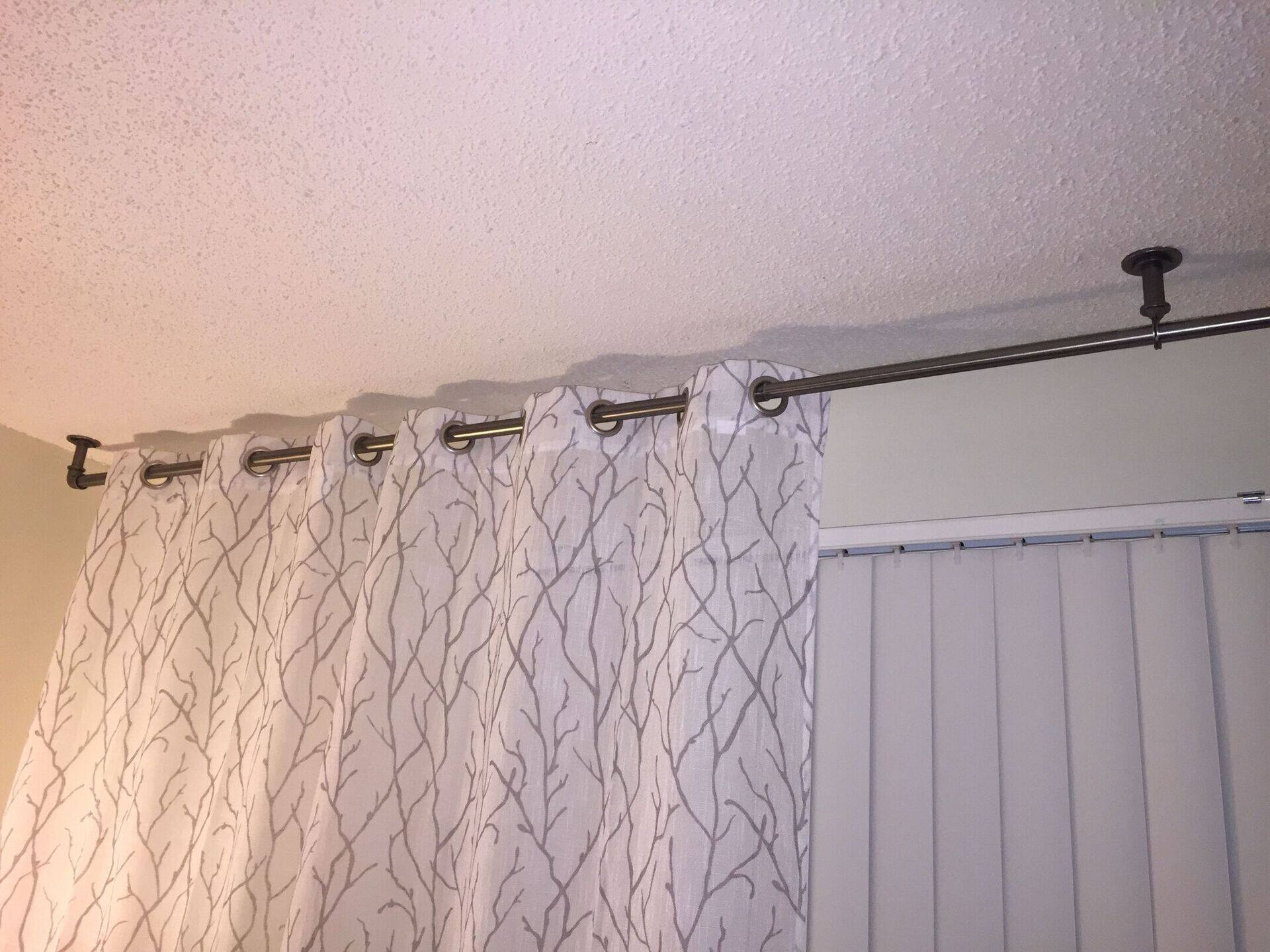
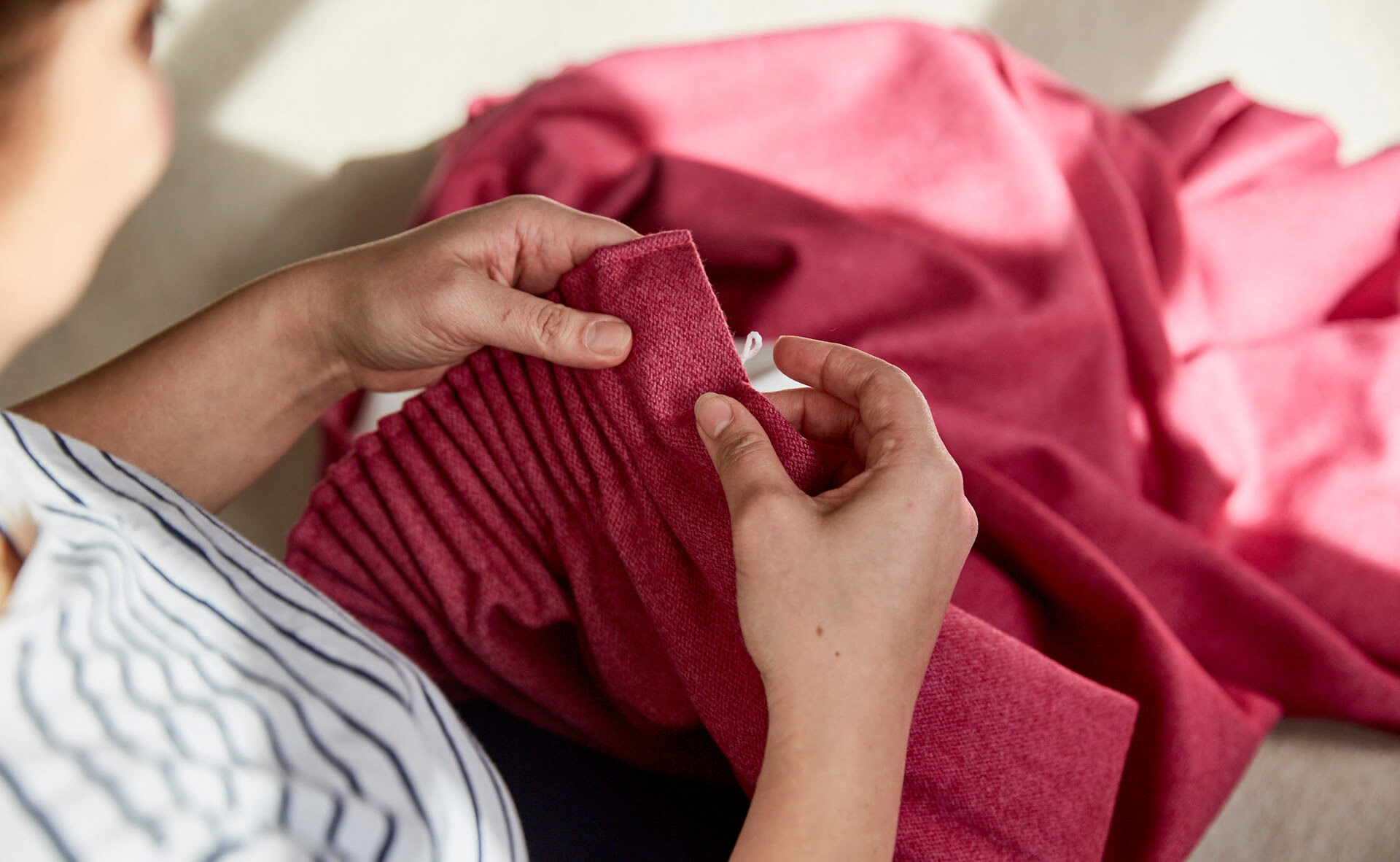
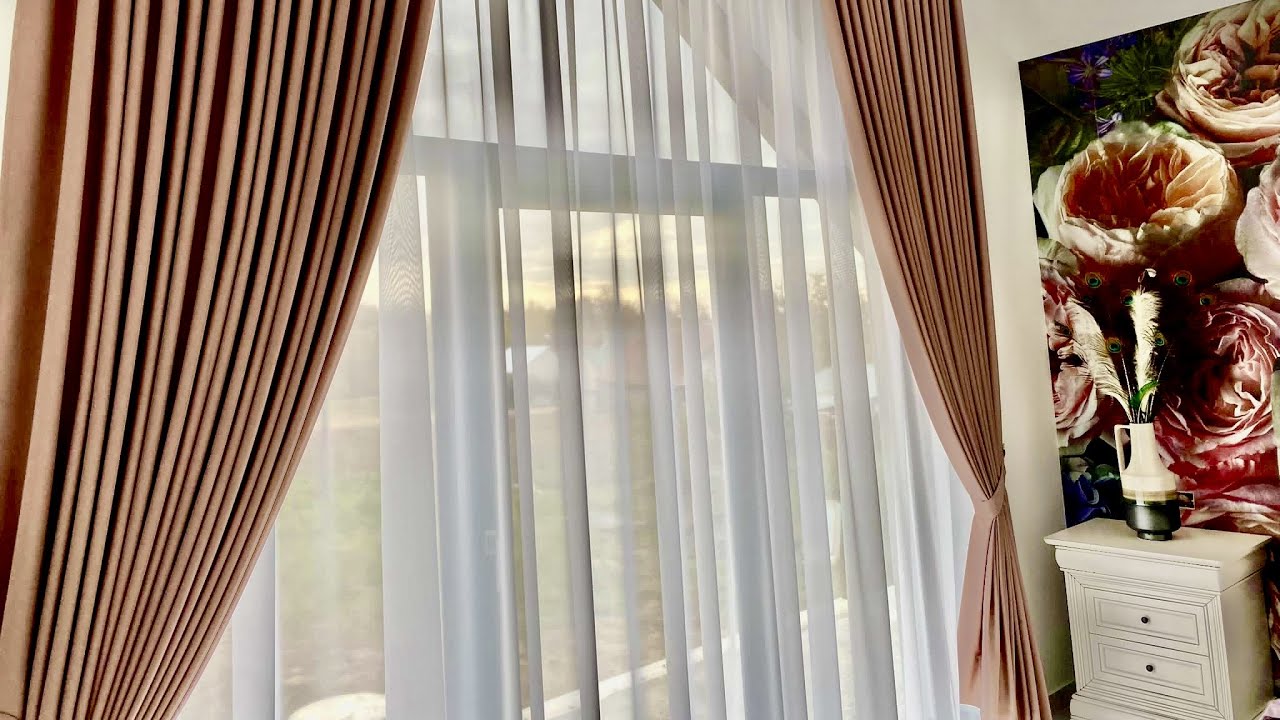
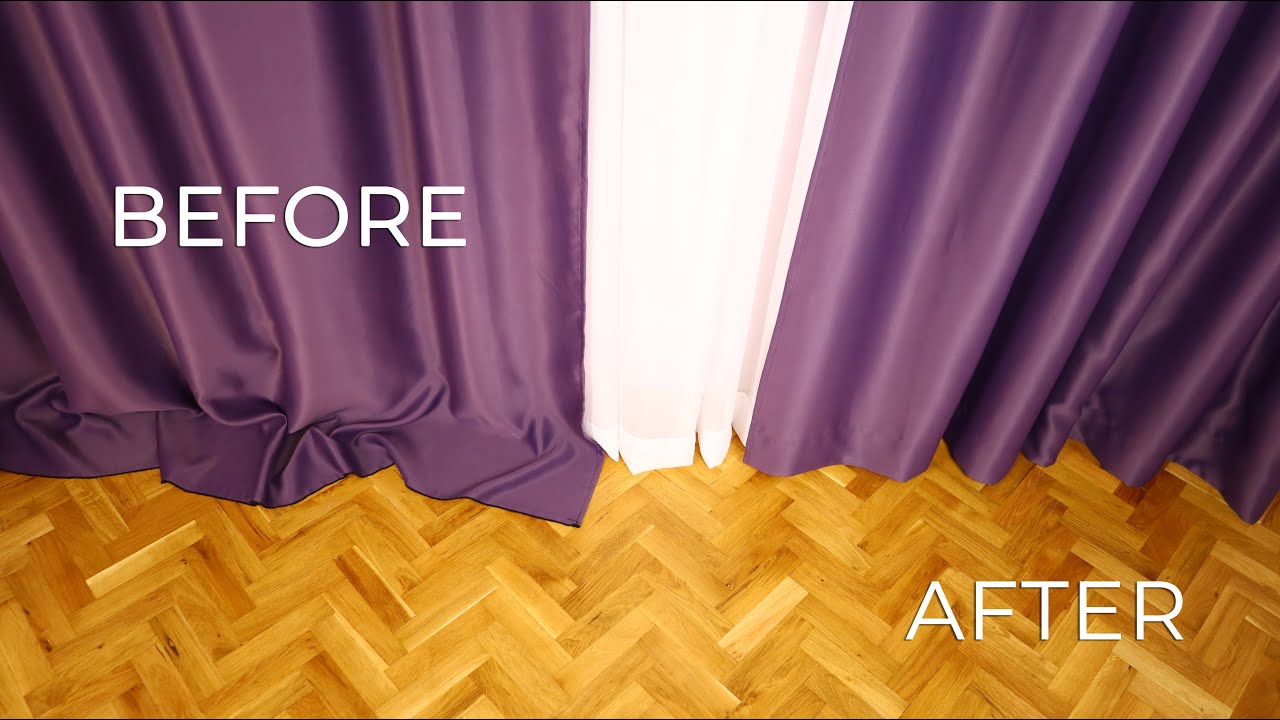
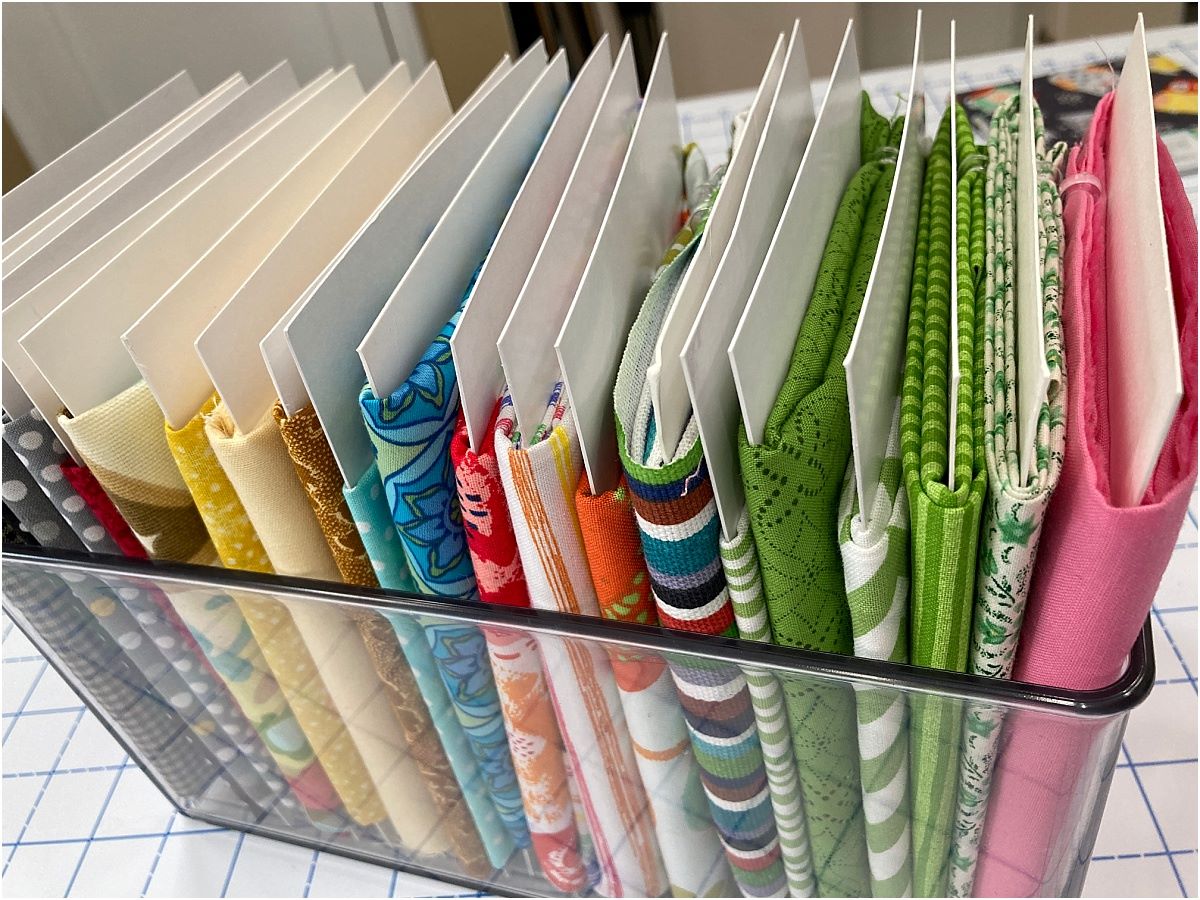


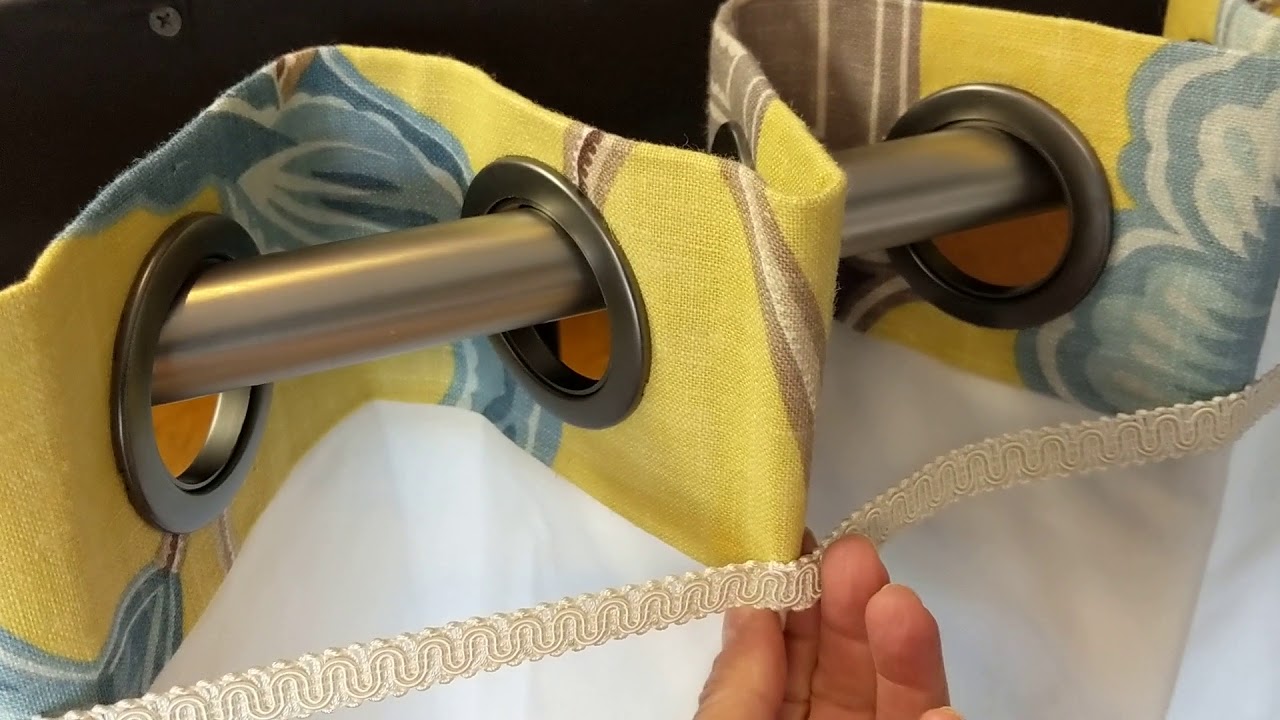
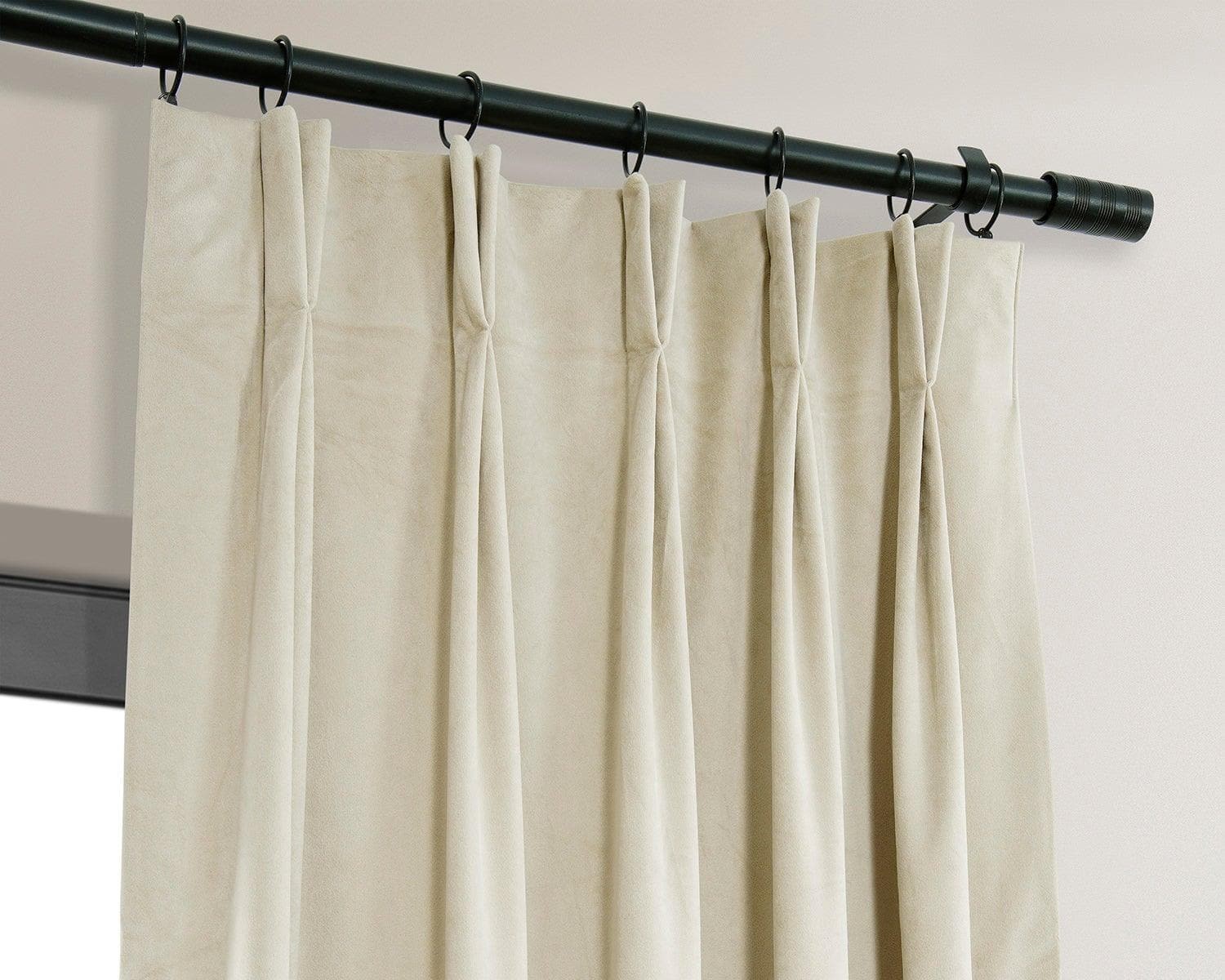
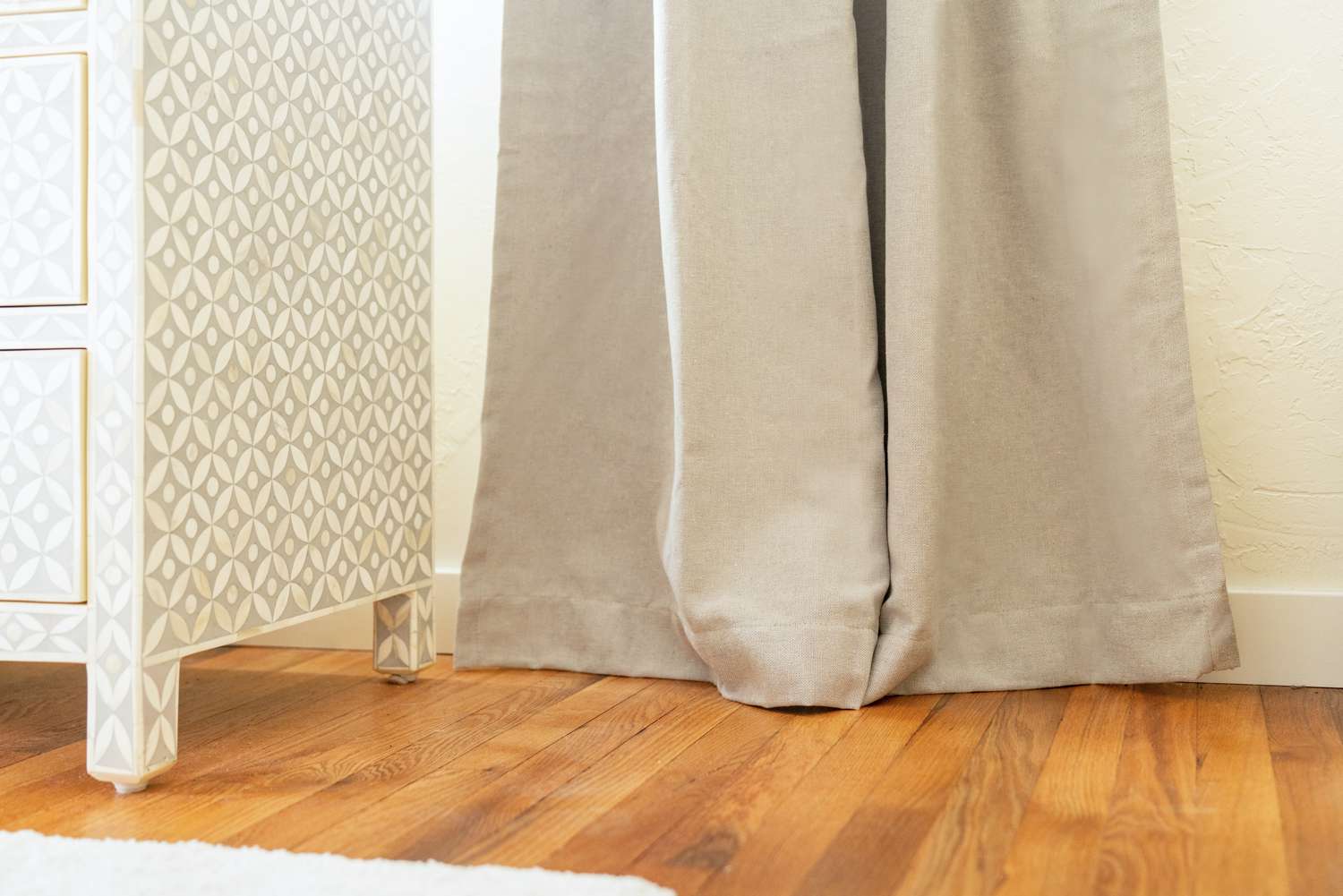
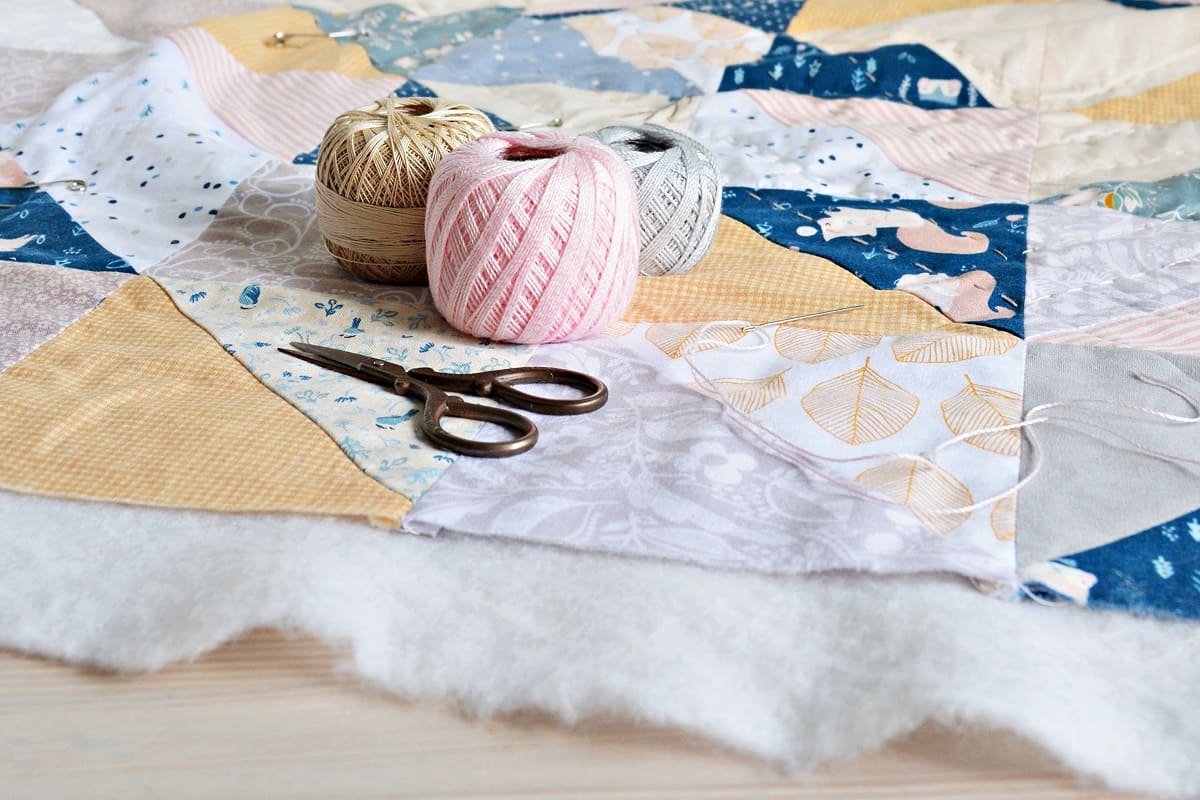

0 thoughts on “How To Measure Fabric For Drapes”